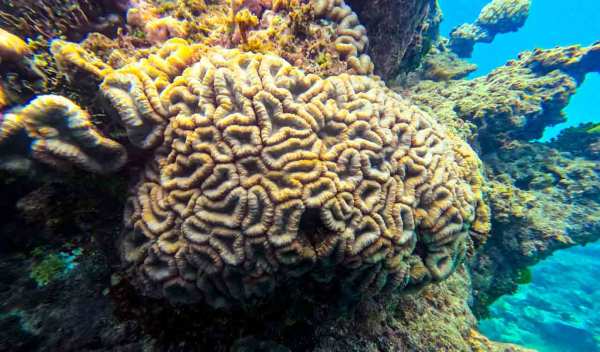
Their distinctive brain-like appearance comes from the way the polyps intertwine, forming a communal structure that can survive for up to 900 years, growing just a few millimetres each year
Published Date – 25 December 2024, 07:44 PM
Hyderabad: Brain corals, often mistaken for large underwater brains, are fascinating creatures essential to the health of coral reefs. These intricate, grooved organisms, part of the hard coral family, aren’t individual animals but collections of polyps—tiny, jellyfish-like beings—that live together to build sturdy calcium carbonate skeletons, providing the framework for reefs.
With around 50 species, brain corals are vital for reef ecosystems, offering habitats for various marine species. Their distinctive brain-like appearance comes from the way the polyps intertwine, forming a communal structure that can survive for up to 900 years, growing just a few millimeters each year. The grooved brain coral (Diploria labyrinthiformis), particularly common in the Caribbean, can grow to nearly six feet wide, making it hard to miss.
One of the reasons brain corals are so colourful is their symbiotic relationship with algae called zooxanthellae, which gives them vibrant shades. However, when stressed—often due to rising ocean temperatures—they can expel this algae, resulting in coral bleaching. While this doesn’t necessarily kill the coral, it leaves it vulnerable to further damage.
Sadly, these marine marvels face numerous threats, including climate change and coral bleaching, with some species, like the Chagos brain coral, now critically endangered. Protecting these unique and ancient organisms is crucial for maintaining the delicate balance of oceanic ecosystems.